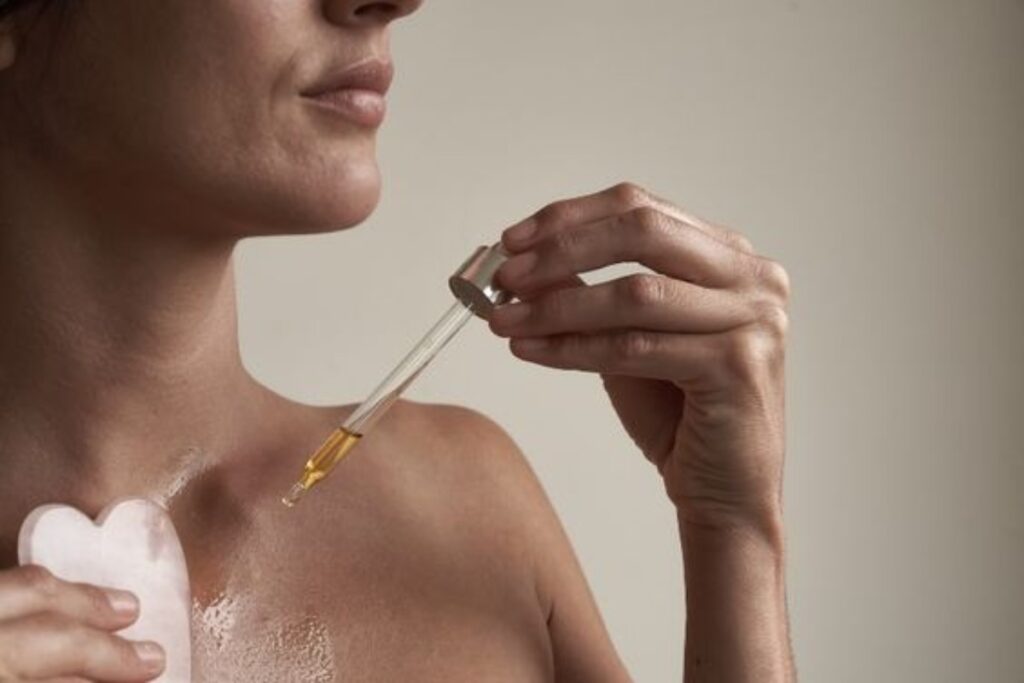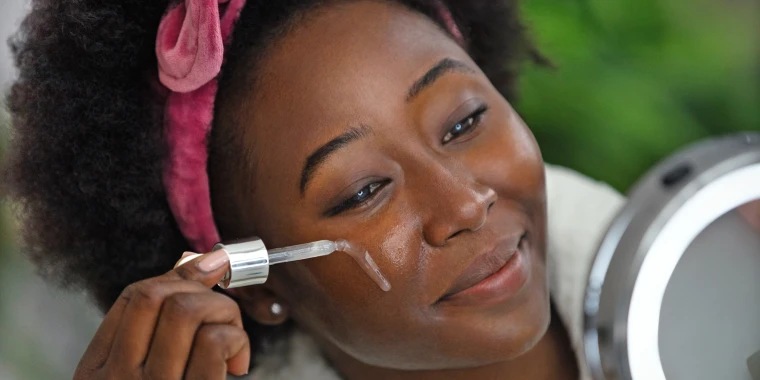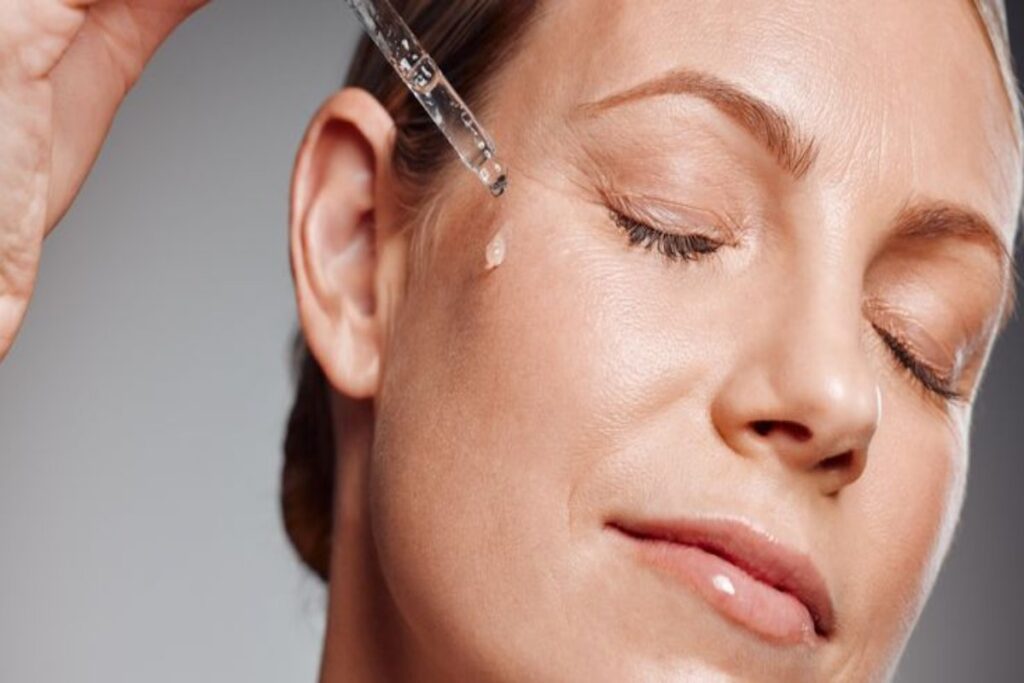Retinol shouldn’t sound new to you, especially if you take your skincare routine seriously. It is widely known for its versatility in addressing numerous skin issues, such as uneven skin tone and texture, acne, fine lines, dark spots, and more.
However, despite its potency in treating various skin concerns, retinol has notable downsides. One common yet temporary effect is the “retinol purge.” According to a board-certified dermatologist, this purge affects approximately 20 percent of users. Here’s all there is to know about it.
What Is the “Retinol Purge?”
Also known as the “retinol uglies,” the “retinol purge” is the first breakout stage you might experience when you start the retinoid treatment. While retinoids are effective in treating acne, they can sometimes worsen things before improving them.
Why does this happen? It does because retinoids accelerate skin cell turnover, bringing underlying acne to the surface. A dermatologist in New York explained that the process is essentially the skin purging itself of previously dormant impurities.
ALSO READ: Dermatologists Reveal the Benefits and side effects of using retinol and retinoids
Don’t worry about the first worsening. Trust me, the phase is only temporary; plus, the long-term benefits of retinoid use typically outweigh this initial hurdle. So, just be patient!
Duration of Retinol Purging
Now that you know what “retinol purging” is, it’s equally important to know how long it lasts. The signs of purging typically start within 2-4 weeks of starting retinoid use and can last up to a month.

This duration corresponds with a complete skin cell cycle of approximately 28 days. Dermatologists revealed that purging generally subsides once this cycle is complete. However, if the purging persists beyond six weeks, it’s advisable to consult a dermatologist for further guidance.
Some symptoms you would likely notice during a retinol purge include whiteheads, blackheads, small raised bumps (papules), pustules (bumps with white or yellow heads), and dry, peeling skin.
ALSO READ: Tips on How To Select the Perfect Lipstick Shade for Your Skin
Compared to regular breakouts, the blemishes during a retinol purge tend to be uniform, forming a consistent “sea of bumps” rather than the varied sizes and stages seen in hormonal acne. So, be sure to know what to look out for.
Maximizing Your Retinol Routine for Optimal Skin Benefits
To ensure you’re making the most of your investment in retinol, you must follow certain guidelines for its effectiveness. Firstly, never apply retinol on wet skin. Contrary to the popular habit of most skincare fellas, applying retinol immediately after washing the face isn’t advisable.
Applying retinol within 20 minutes of cleansing can lead to unwanted side effects like dryness, redness, and stinging. For optimal results, ensure your skin is completely dry before application. You must also prioritize using high-quality retinol products.
Opt for products with high concentrations of active ingredients designed specifically to deliver retinoids. Avoid products that combine retinol with ingredients that don’t make sense together, such as sunscreens.
Using strong retinol products daily to achieve quicker results can be tempting, but this approach can backfire.
More Details on Retinol Usage
If you’re a retinol newbie, start with a gentle formula and gradually build up to stronger concentrations, like prescription Retin-A. Start with a pea-sized amount every third day for a week. Then, increase to every other day for a week, followed by two consecutive days with a day off, eventually working up to nightly use.

While using retinol, you must consistently apply your sunscreen. Retinol can increase skin sensitivity, making sunscreen essential during the day. Failing to use sunscreen can undermine the benefits of retinol and potentially harm your skin.
Therefore, apply a broad-spectrum sunscreen daily, even on cloudy or cold days. Lastly, pair retinol with the right products. Incorporating moisturizers or serums containing ingredients like ceramides and lipids can help soothe your skin as it adjusts to retinol.
Consider buffering retinol by mixing it with a moisturizer to reduce irritation and help your skin acclimate. You can also apply a serum before your retinol for extra hydration and protection.
You Might Also Like:
Shereè Whitfield Says “RHOA” Is Sinking After Kenya Moore’s Exit
Jenny Mollen Reveals She Didn’t Watch “American Pie” Before Marrying Her Husband
Driver Wins $175K Settlement After Cop Arrested Him for Flashing the Middle Finger
Kate Winslet Says Kissing Leonardo DiCaprio Wasn’t Film Tricks
Hunter Biden Steps Out With Wife on Date Few Days After Conviction
